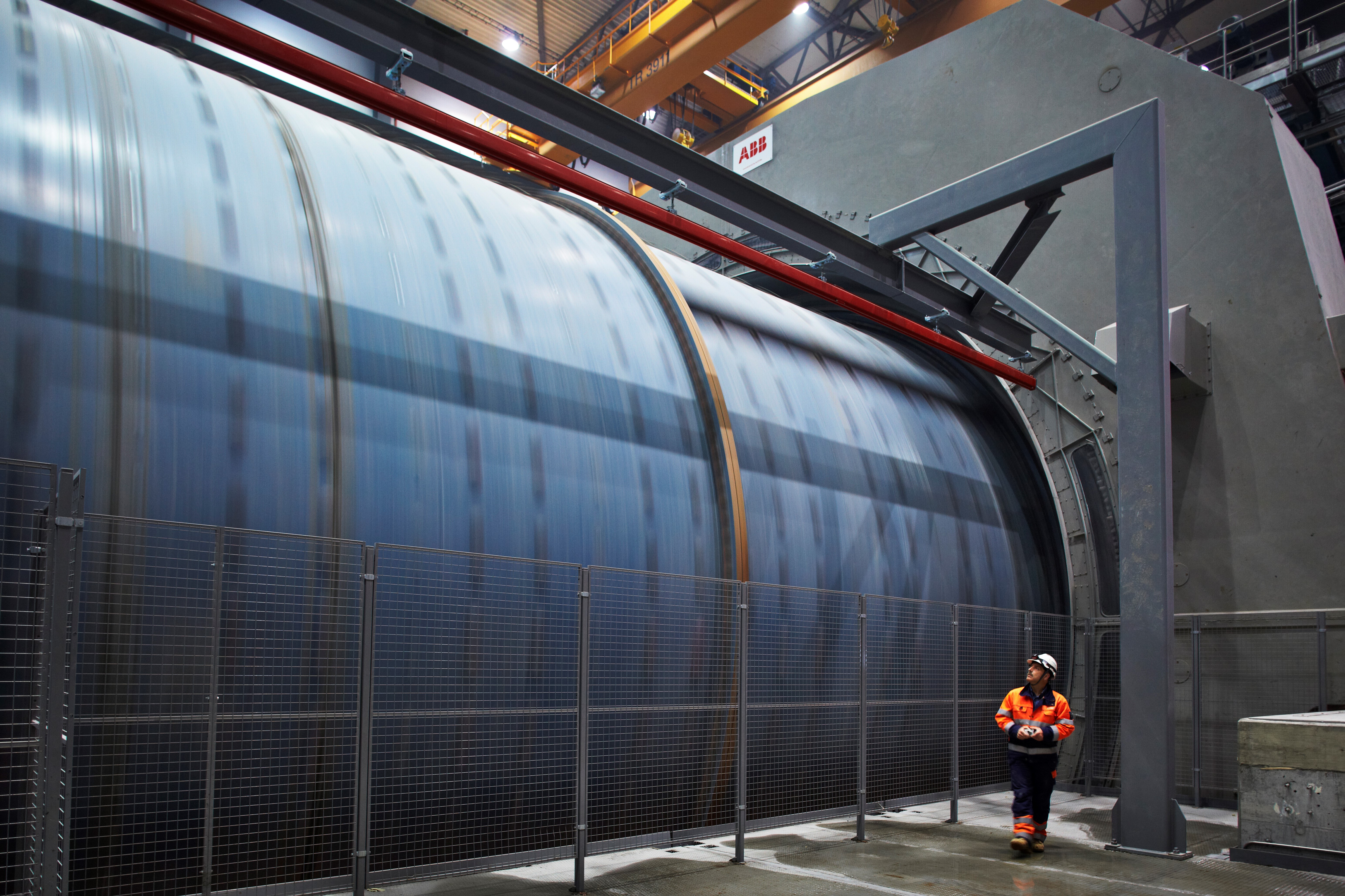Making the right investment
The comminution process, which includes both crushing and grinding, is one of the world’s most energy-intensive industrial processes. Comminution uses at least 3% of total global electricity production and according to the Coalition for Energy Efficient Comminution, it accounts, on average, for more than 50% of a mine’s energy consumption and 10% of total production costs. Mines rarely have control over the cost of energy, so it is vital that comminution processes meet process objectives while consuming as little energy as possible. Energy-efficiency is one of the pillars of comminution circuit design. Ignoring this can be the difference between a profitable operation and a money loser.
There is no magic design that is the best for all circuits. Generally, when a circuit is designed, a number of alternative circuit configurations are considered in the early stages. Comprehensive ore characterization work on both composite and variability samples is key in determining the right comminution circuit design. In hard rock applications the designer may favor a design that incorporates more crushing upstream of an HPGR circuit for energy efficiency. In cases where there are a lot of clays present or there is high moisture, an AG or SAG mill may be appropriate. For smaller throughput scenarios, a three-stage crushing plus rod mill plus Vertimill may make the most sense. It all depends on the ore characteristics and the overall plant requirements. It is very important to think about the pros and cons of each option, especially considering the ore types to be processed, the location, the environmental considerations and the size of the operation.
Is going bigger always better?
Some designers prefer having two smaller mills instead of one larger mill. The thinking is that when one mill goes down, the other is still operating and you still have 50% or more plant throughput. But having one large piece of equipment means a lot of cost saving at every stage of the operation – less civil and structural costs (concrete and steel) and less conveyors, bins, chutes and materials handling equipment. Essentially, less overall moving parts and maintenance. This is the initial reason why SAG mills started becoming so popular.

